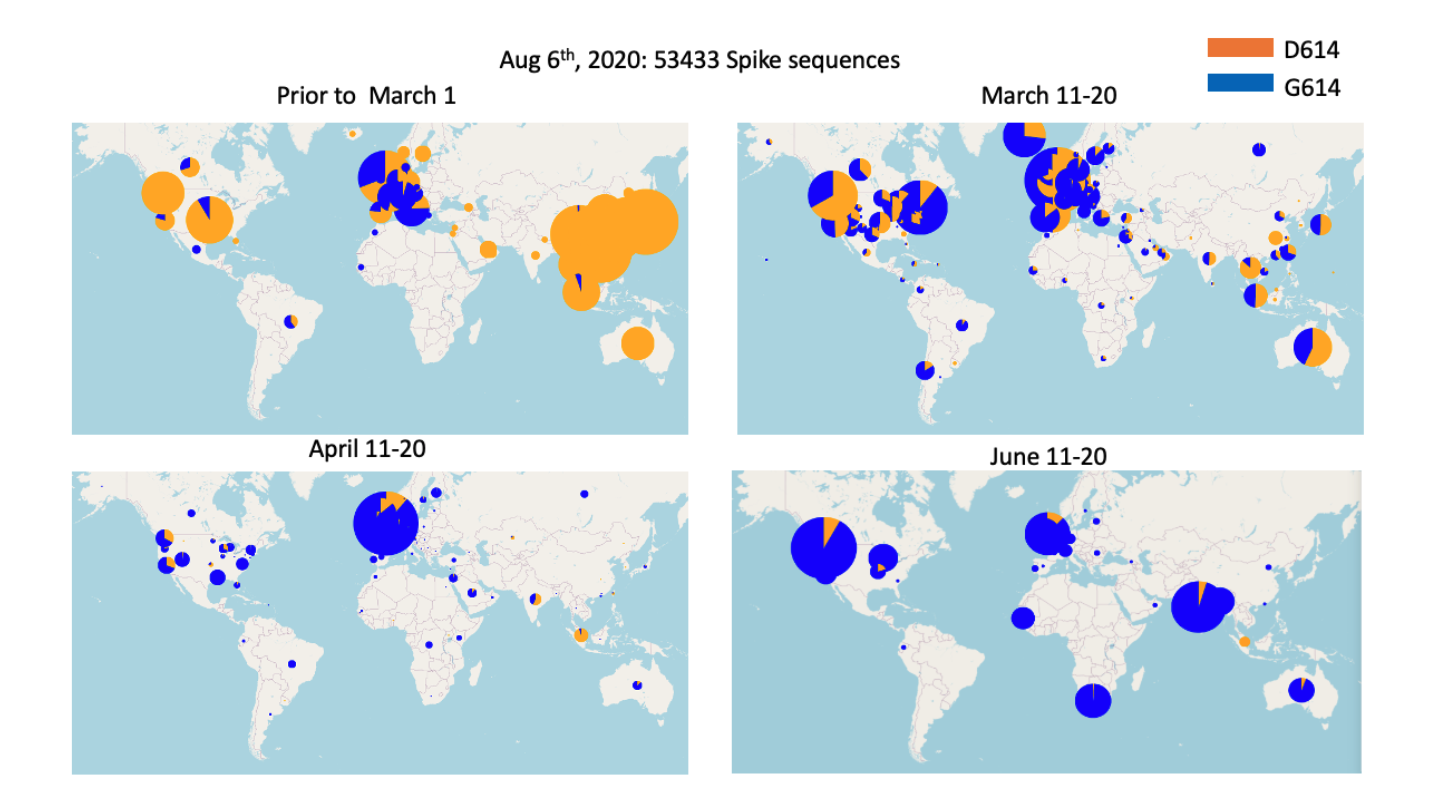Everything mutates. Random changes to the DNA (or, in the case of some viruses like coronavirus, the RNA) occur, and this can create new traits. Some of these traits are advantageous, and natural selection favors them. This is called evolution. Everything evolves.
Because microbes reproduce quickly, they can also evolve quickly. For instance, given ideal laboratory conditions, the bacterium E. coli can reproduce in 20 minutes. This is why traits like antibiotic resistance develop so rapidly. It's also why greater infectiousness can evolve rapidly as well.
Researchers have identified a new strain of coronavirus, known as B.1.1.7, that appears to be more contagious than the dominant strains in circulation. B.1.1.7 is now popping up everywhere, from Europe to the U.S. This has caused some concern, so media outlets like The Atlantic decided to push the panic button. A recent article called the B.1.1.7 variant a "ticking time bomb" and claimed that "everything we know so far suggests a huge danger." Is that true?
COVID Mutated to Become More Infectious Once Before
The correct answer is, "We don't know." What we do know is that the coronavirus mutated early last year to become more infectious. The result was that the "G strain" replaced the "D strain" as the dominant virus.

Source: Los Alamos National Laboratory
It's impossible to know whether the G strain was more problematic than the D strain. All we know is that its increased infectiousness allowed it to become dominant. We also know that, despite this, some places (like Europe) temporarily were able to reduce the number of new infections through lockdowns and social distancing. In other words, a more contagious virus can still be tamed.
But that's not how The Atlantic sees it. The author of the aforementioned piece writes that "higher transmissibility subjects us to a more contagious virus spreading with exponential growth."
Really? Have we learned absolutely nothing about infectious disease epidemiology in the past year? While infectious diseases initially spread exponentially, they cannot sustain that trajectory. Eventually, the number of new infections levels off. This is known as an S-shaped curve. When a new pathogen enters a population, people's behavior changes (e.g., by social distancing), which is one reason why infectious diseases do not sustain exponential growth.
The author is correct that an increase in contagiousness is still a threat even if there is no increase in virulence. The reason is simply that more people are infected, and therefore, more people will die. But as we discussed above, that scenario already happened, and Europe (and Asia) both showed that the more contagious variant still can be contained if everybody follows the rules. The trick is getting everyone to follow the rules.
The author undercuts her own case when she writes, "The U.S. may have 50 million to 100 million people vaccinated as early as March." If that actually happens -- and it would be fantastic if it does -- then the exponential growth phase of the S-curve will hit the inflection point (i.e., "end") sooner rather than later because the virus will have far fewer potential victims to infect, especially if the vaccine is first deployed to "hot spots" of viral activity.
While cautious vigilance and continued social distancing are appropriate responses to the mutated coronavirus, hitting the panic button is not.




